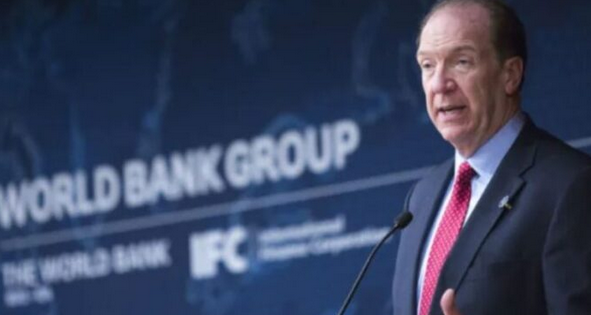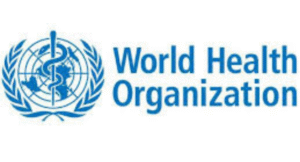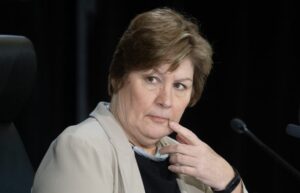
The World Bank has made a slight increase to its global growth outlook for 2023.
The international financial institution is now forecasting 2 percent growth for 2023 – up from a 1.7 percent forecast in January.
In his opening address at the 2023 World Bank/IMF spring meetings, David Malpass, president of World Bank, said despite the upward revision, the the pace of global growth would slow this year compared with 3.1 percent in 2022.
“Global growth is expected to be weak this year, slowing to 2% from 3.1% in 2022. For the U.S., we’re expecting a slowdown to 1.2% from 2.1% in 2022,” Malpass said.
“Several factors are weighing on the second half outlook: Oil prices have jumped back above $80/barrel. The recent banking sector stress dampens activity. And inflation pressures persist.
“The U.S. month-over-month core inflation has been rising over the last five months. There will be new data on Wednesday.”
The World Bank also predicted that the economic slowdown in developing countries would persist for years.
The bank said the slowdown would further increase debt distress for developing countries.
“If we look at developing countries excluding China, we expect a slowdown to about 3.1% in 2023 from 4.1% in 2022,” Malpass said.
“The concern in our recent reports is that slow growth will persist for years for many developing countries, increasing the fiscal stress and debt problems. It’s a combination of weak investment, higher interest rates, and relatively weak growth in the advanced economies.
“The danger is acute due to inflation, currency depreciation, rising debt service costs, and the collapse of international reserves.
“The diversion of natural gas to Europe presents grave obstacles to developing country production of electricity, fertilizer, and food.
“These problems are severely constraining future growth and deepening inequality and fragility for developing countries.
“I travelled to West Africa in March, where we are working to provide support in the face of these problems.”
Malpass said he had advocated a range of new policies that would spur production to combat inflation and currency weakness.
“But the likelihood is a long period of slow growth, asset reprising, and capital moving in the wrong direction — toward a narrow group of governments and big corporations rather than to the small businesses and working capital that could add to global growth,” he said.








